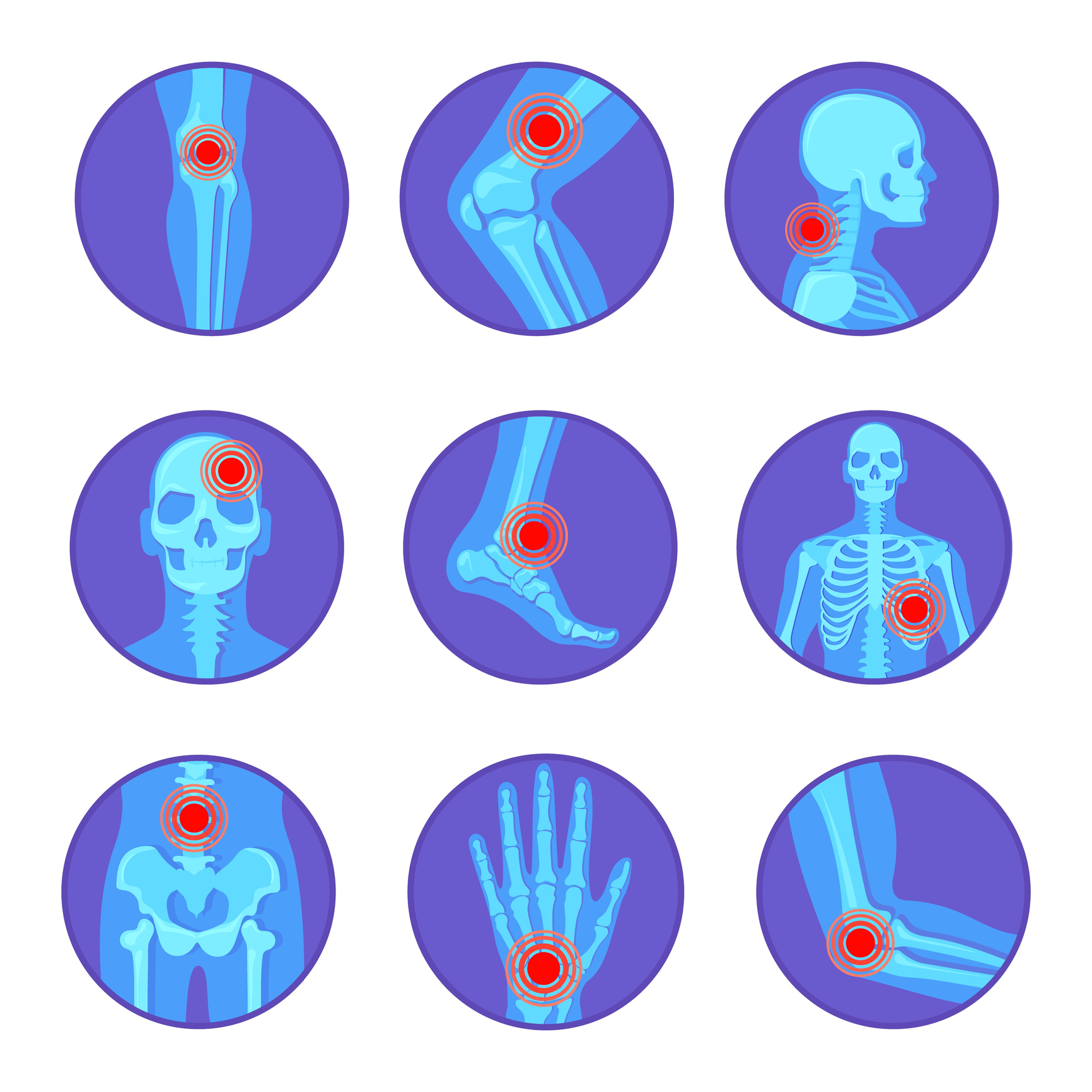To characterise the efficacy and safety of anifrolumab in patients with systemic lupus erythematosus (SLE) according to interferon gene signature (IFNGS), demographic and clinical subgroups.
We performed post hoc analyses of pooled data from the 52-week phase III TULIP-1/TULIP-2 placebo-controlled trials of intravenous anifrolumab in moderate-to-severe SLE. Outcomes were assessed in predefined subgroups: IFNGS (high/low), age, sex, body mass index, race, geographic region, age of onset, glucocorticoid use, disease activity and serological markers.
In pooled data, patients received anifrolumab 300 mg (360/726) or placebo (366/726); 82.6% were IFNGS-high. IFNGS-high patients had greater baseline disease activity and were more likely to have abnormal serological markers versus IFNGS-low patients. In the total population, a greater proportion of patients treated with anifrolumab versus placebo achieved British Isles Lupus Assessment Group-based Composite Lupus Assessment (BICLA) response at week 52 (difference 16.6%; nominal p<0.001). BICLA response treatment differences with anifrolumab versus placebo were comparable to the total population across most predefined subgroups, including subgroups for baseline glucocorticoid dosage (<10/≥10 mg/day prednisone/equivalent) and for clinical disease activity (SLE Disease Activity Index 2000 score <10/≥10). Subgroups with larger treatment differences included IFNGS-high patients (18.2%), patients with abnormal baseline serological markers (23.1%) and Asian patients (29.2%). The safety profile of anifrolumab was similar across subgroups.
Overall, this study supports the consistent efficacy and safety of anifrolumab across a range of patients with moderate-to-severe SLE. In a few subgroups, small sample sizes limited conclusions from being drawn regarding the treatment benefit with anifrolumab.
NCT02446912, NCT02446899.
© Author(s) (or their employer(s)) 2022. Re-use permitted under CC BY-NC. No commercial re-use. See rights and permissions. Published by BMJ.
Anifrolumab efficacy and safety by type I interferon gene signature and clinical subgroups in patients with SLE: post hoc analysis of pooled data from two phase III trials.


